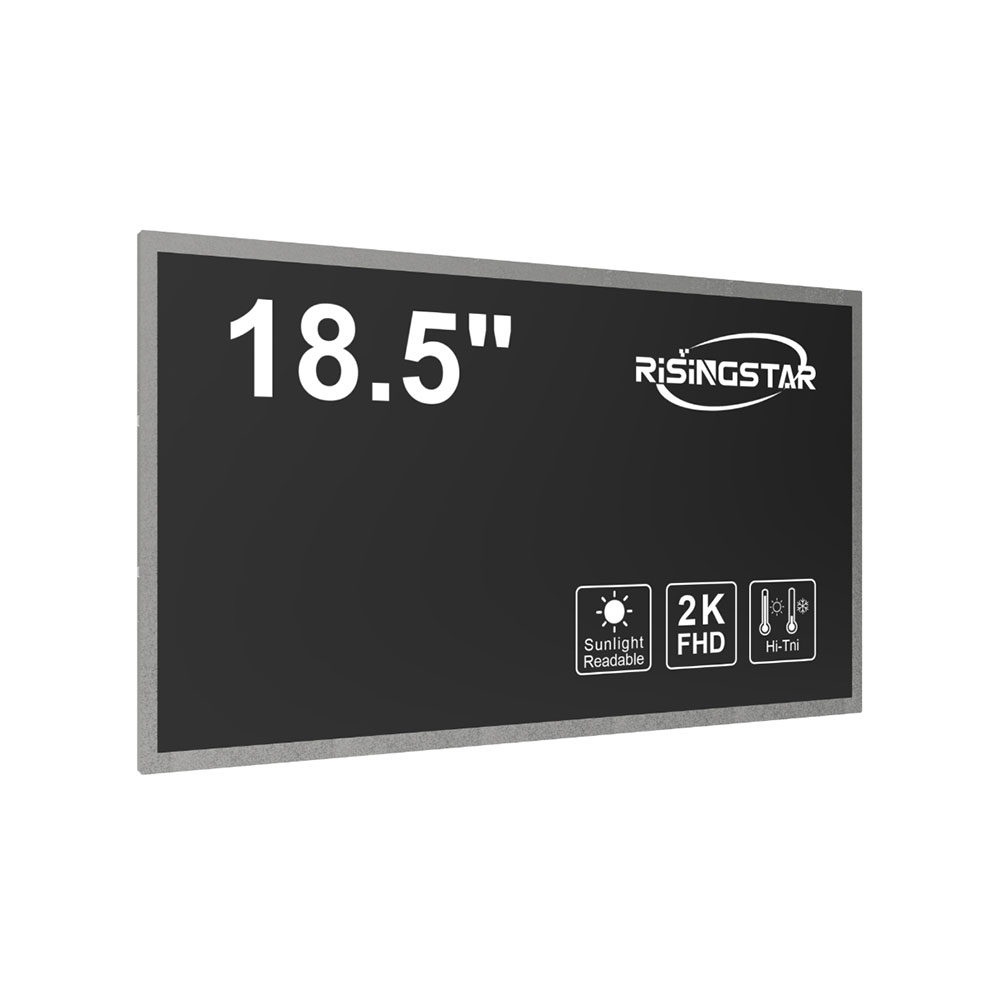Sunlight readable high brightness LCD screens are essential in modern industrial, military, and transportation environments where visibility under direct sunlight is critical. These displays typically operate at 5,000 to 10,000 nits of brightness—far exceeding standard indoor displays that rarely exceed 300–500 nits. Their design incorporates advanced anti-glare coatings, high-contrast ratios (often 1000:1 or higher), and optimized backlighting systems to ensure readability even in extreme lighting conditions.
One of the most common applications is in industrial control panels used in oil & gas, mining, and manufacturing plants. For example, a recent case study from Siemens demonstrated how replacing legacy 300-nit displays with 7,000-nit sunlight-readable LCDs in offshore drilling rigs reduced operator errors by 42% due to improved screen clarity. In the automotive sector, vehicle dashboards in heavy-duty trucks and construction equipment now rely on these screens to maintain visibility during daytime operations in open fields or construction zones.
Advantages include not only superior outdoor visibility but also enhanced durability. Many models meet IP65 or higher ingress protection ratings, making them resistant to dust, water spray, and temperature extremes (-30°C to +70°C). They often use ruggedized materials such as Gorilla Glass or polycarbonate front covers to withstand vibration and impact.

However, challenges remain. The most frequent issue is thermal management—high brightness consumes significant power, generating heat that can degrade performance if not properly dissipated. Engineers must integrate active cooling solutions like fans or passive heatsinks. Another concern is cost: high-brightness LCD modules can be up to 3x more expensive than standard ones. Yet, lifecycle analysis shows long-term savings through reduced downtime and maintenance.
Recent trends include the adoption of Mini-LED backlights, which offer better local dimming and uniformity compared to traditional LED arrays. According to a 2023 report by Display Supply Chain Consultants (DSCC), Mini-LED-based sunlight-readable displays are expected to dominate the industrial segment by 2026. Additionally, AI-driven adaptive brightness control is emerging—screens now automatically adjust based on ambient light sensors, optimizing both visibility and energy efficiency.

For professionals in industrial automation, defense, and mobile machinery, investing in certified sunlight-readable LCDs from vendors compliant with MIL-STD-810G or IEC 60068 standards ensures reliability under real-world conditions.








